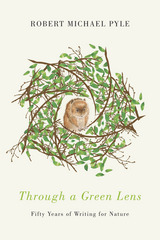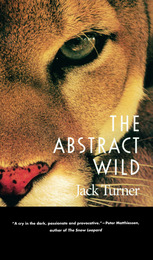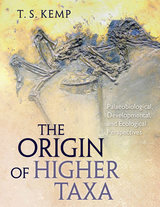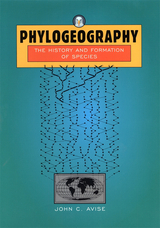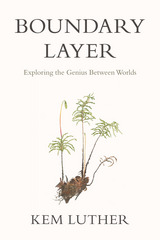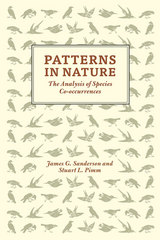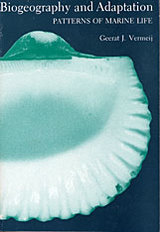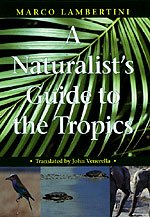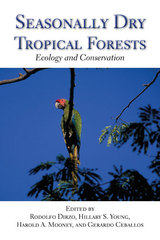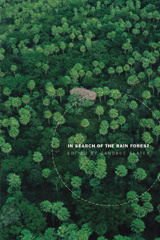While so many fundamental texts rely on new advances in genetics to tell us what is known about the machinery of life, basically none provides a revision of the way that we view the structure of the world itself. This is the only book centered on the pattern of biological data, and it should be a model for every book on biological diversity that follows.
-- John W. Wenzel Cladistics (review of the French edition)
At long last, we have a single source on the classification of the diversity of life based upon modern methodological and conceptual advances. This book is a milestone that will move forward the teaching and understanding of the great tree of life and its branches. The authors are to be commended for creating a book that will be of value to anyone interested in the diversity and history of life on earth, from bacteria to orchids from fungi to man.
-- Dennis W. Stevenson, Vice President for Botanical Science & Rupert Barneby Curator, New York Botanical Garden
The Tree of Life by Lecointre and Le Guyader is now the best book available for information on groups of organisms, numbers of species per group, and relationships. All who are interested in how to recognize living and fossil life-forms and their relationships should possess and read this book. Clearly written and beautifully illustrated, it will stand as the most important source for years to come.
-- B. K. Hall Choice
The Tree of Life is a terrific compendium of the conclusions of thirty years of research and standardization by thousands of scientists around the globe. It is clearly written, logically organized, and beautifully illustrated. In short, it is one-stop shopping for anyone with questions about where a given group of organisms fits on the tree of life, what characteristics put it there, and how we know all this...Karen McCoy's translation of the original French edition is competent and fluid, a pleasure to read. This book deserves wide distribution and use in libraries and classrooms, as well as among professionals and students of biology.
-- Kevin Padian Reports of the National Center for Science Education
This will make a great reference for any student of the diversity of life. This book classifies all major groups of living organisms and lists the characters that support them in a regular and organized fashion. I strongly recommend this book for anyone interested in the tree of life's great diversity.
-- Marie W. Allard Journal of Human Biology
As the book review editor, it is obvious that I would request from the publisher a copy of any book with this title, with the intention of then sending it on to a reviewer. However, I just couldn’t make myself do it in this case—I loved the book too much to be able to part with it… [T]he straightforward arrangement, the simple writing style (translated well) and the direct presentation of phylogenetic information all make the book accessible to the reader, both expert and non-expert alike. In short, the book is unique. It not only represents the first thorough attempt to portray life from a purely phylogenetic perspective, it is an excellent implementation of that idea. As an added bonus, there is a 35-page introduction to phylogenetic systematics. This is among the best such introductions in any language. The candid and unadorned writing style comes to the fore, so that the ideas and information are comprehensible to the uninitiated without alienating the experts by oversimplification. None of the complications in phylogeny reconstruction are avoided (although the methodology concentrates on parsimony analysis), and yet the concepts are presented in a straightforward and logical manner, with suitable illustrated examples.
-- David A. Morrison Systematic Biology





